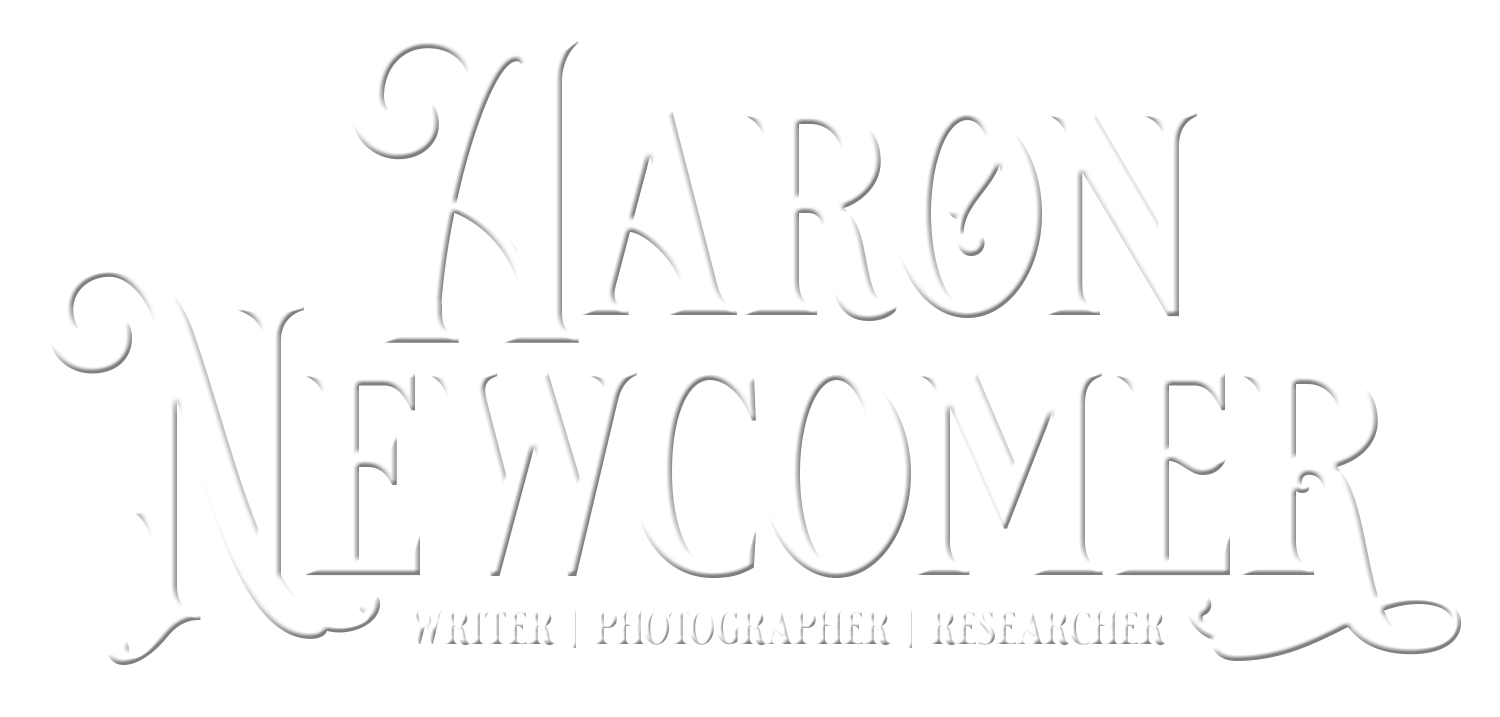The last few posts of our exploration of the relationship between pinfire cartridges and the United States has focused on their use in the American Civil War. In this article we will take a look at some lesser known pinfire cartridges that played their part in the constantly evolving history of ammunition in the United States. First up is the .58 Schubarth.
The .58 Schubarth.

The .58 Schubarth was patented and made in 1861 by Casper D. Schubarth who resided at 6 North Main Street, Providence, RI.
The whole idea of the cartridge and rifle is based on a modification and improvement of Gallager & Gladding’s cartridge and rifle that was created a couple years prior. It is an inside-primed pinfire that was made to be easily reloadable with the common Minié bullets and percussion caps. Schubarth’s improvement also made it gas-tight and waterproof by dipping the cartridge in melted tallow after inserting the bullet. The design also called for a small cork wad to be placed between the bullet and the powder to clean the barrel on each shot.
In Schubarth’s interview with The Scientific American he described a rimfire variation of this cartridge by stating that “for army use a ridge may be formed entirely around the cartridge and filled with fulminating powder, in place of the wire, and cap, so that the cartridge may be inserted in any position. But for sporting it is more economical to adopt the arrangement represented, as the same case may be refilled and used many times.”
While I do not have ballistic information on the cartridge, in 1861 Schubarth said that “the powder is fired in the middle of the charge thus causing a rapid combustion […] that causes so great force be generated that 60 grains of powder has driven a bullet through 15 one-inch boards at a distance of one hundred yards” so it sounds like a fairly powerful cartridge!
You can see and read this whole Scientific American article here:
The example in my collection was once owned by the well-known author and ammunition researcher, Colonel Berkeley R. Lewis of the United States Army Ordnance Corps. He acquired it from the Smithsonian Institution.

Subscribe to Blog via Email
About me
 Hello, my name is Aaron Newcomer. I am a collector and researcher of early 19th century breech-loading firearms systems, with a particular focus on the work of Jean Samuel Pauly and Casimir Lefaucheux. I collect cartridges and documents related to these types of firearms and conduct research on these topics, furthering my understanding and knowledge of these historical firearms and their place in the evolution of firearms technology. My collection and research reflect my dedication to preserving and understanding the history and technical innovations of these early firearms systems.
Hello, my name is Aaron Newcomer. I am a collector and researcher of early 19th century breech-loading firearms systems, with a particular focus on the work of Jean Samuel Pauly and Casimir Lefaucheux. I collect cartridges and documents related to these types of firearms and conduct research on these topics, furthering my understanding and knowledge of these historical firearms and their place in the evolution of firearms technology. My collection and research reflect my dedication to preserving and understanding the history and technical innovations of these early firearms systems.
Read more about me and where my work has been published.
Site Sections
Featured Articles
Search
Recent Posts
- The Innovative Firearms of Joseph Alexandre Robert: Revolutionizing 19th Century Weaponry
- The Davoust Shot Concentrator: A French Answer to Unruly Patterns (1855–1859)
- Wohlgemuth’s Break-Action Musket Conversion and Rifled Barrel Insert System
- From Collector to Founder: How My Passion for Historical Documents Led to an AI Startup
- The Birth of British Pinfire: Eley’s Entry into Breechloading Cartridges






